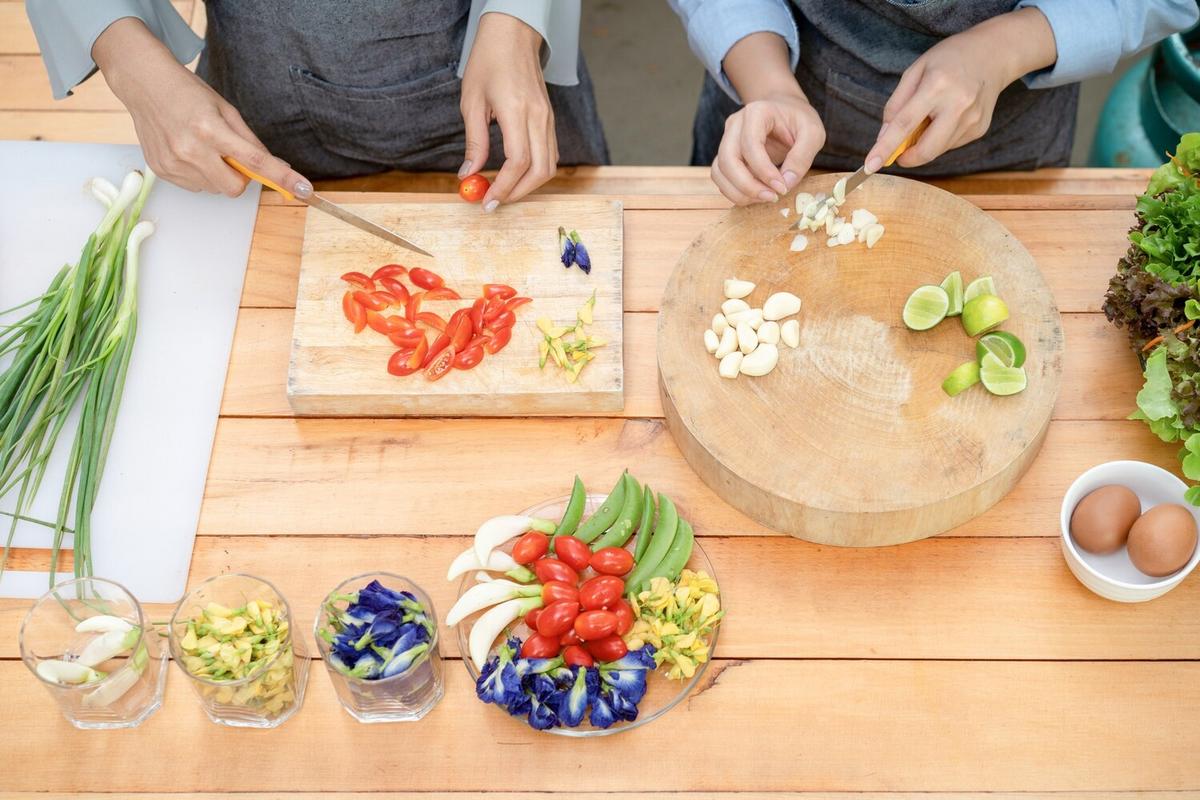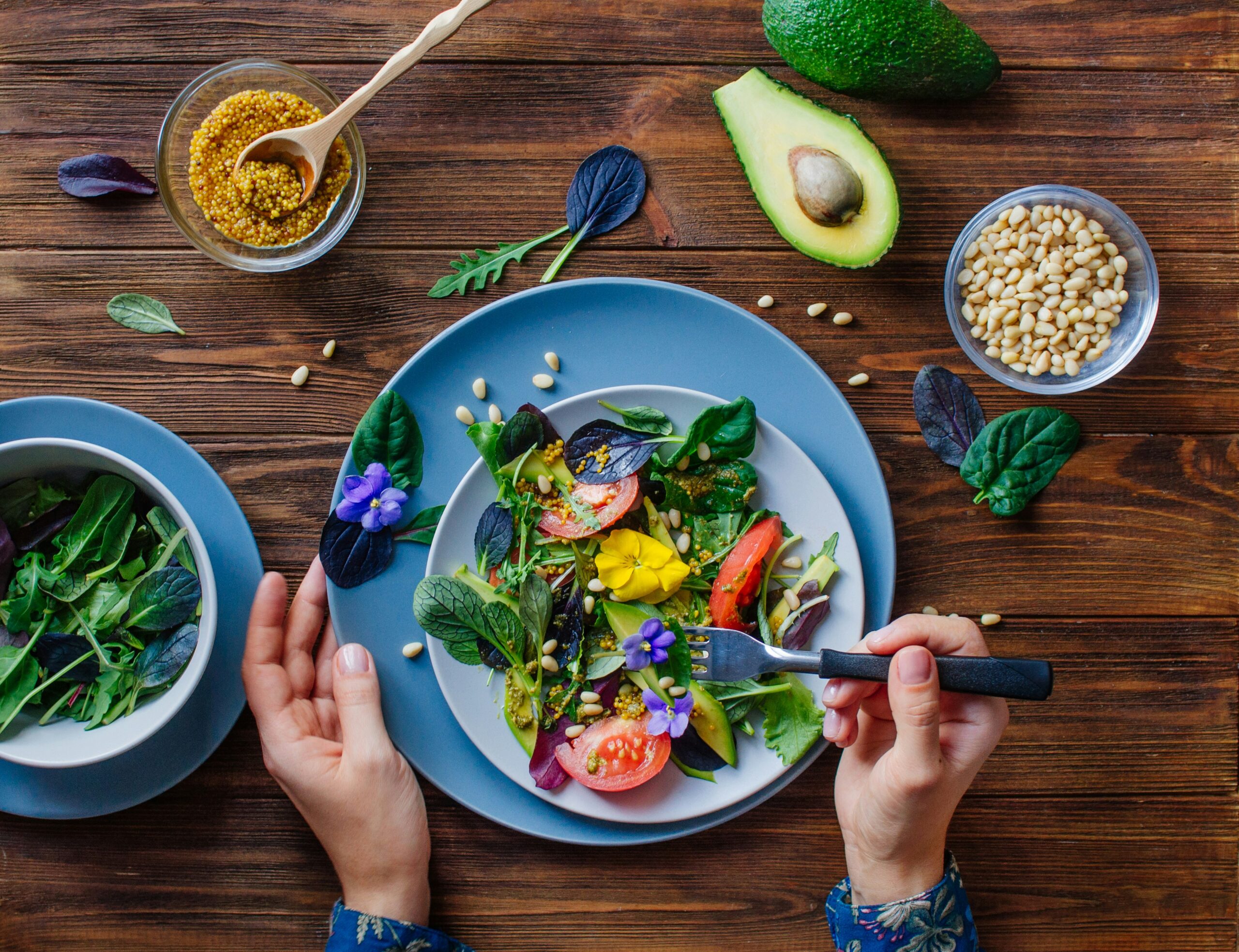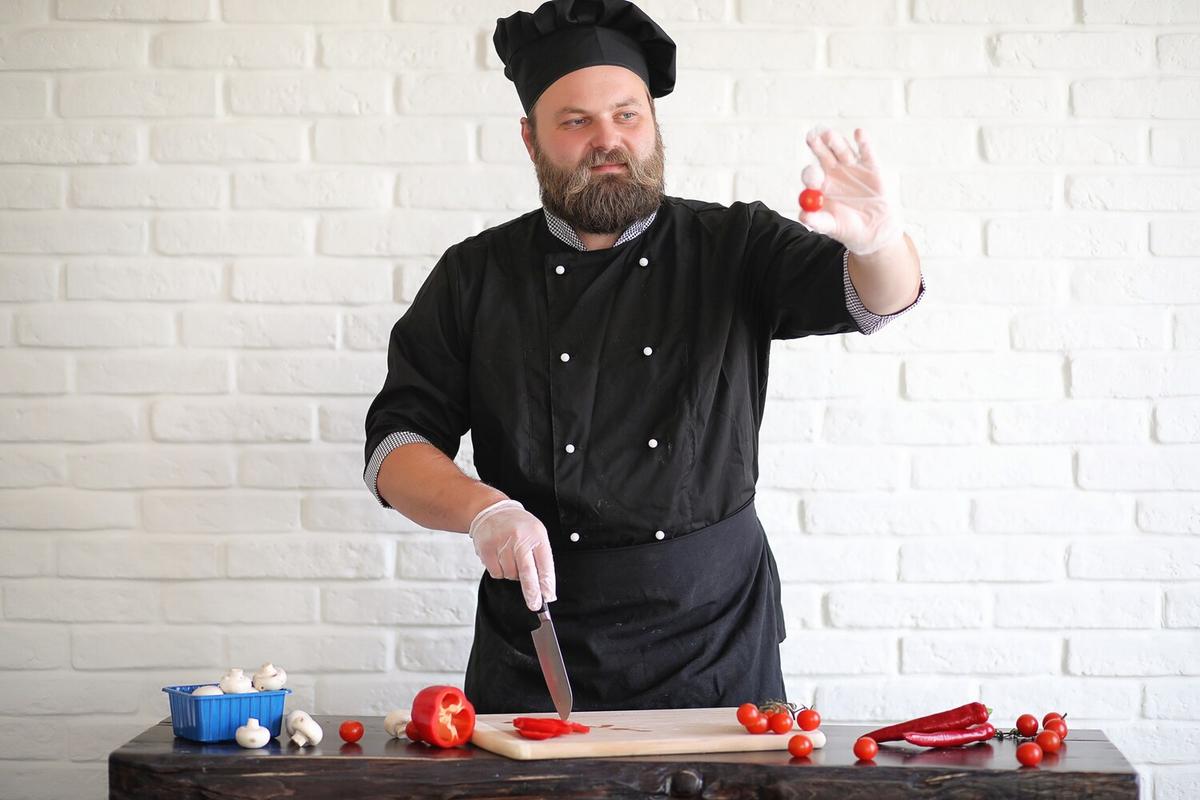
Exploring the Aromatic World of Thai Cooking
The vibrant and aromatic world of Thai cooking offers a sensory experience like no other. With its unique blend of flavors, textures, and colors, Thai cuisine has captured the hearts of food enthusiasts worldwide. From the bustling streets of Bangkok to kitchens around the globe, the allure of Thai cooking continues to grow.
Unveiling the Magic of Thai Flavors
Thai cuisine is renowned for its harmonious balance of sweet, salty, sour, and spicy flavors. The distinctive taste profile is achieved through the use of fresh herbs and spices like lemongrass, galangal, and kaffir lime leaves. Expert chefs often emphasize the importance of using fresh ingredients to bring out the authentic taste of Thai dishes.
The Role of Herbs and Spices
One cannot discuss Thai cooking without mentioning its iconic herbs and spices. According to renowned chef David Thompson, “Thai food is about the balance of flavors, where herbs play a crucial role in creating depth and aroma.” This is why Thai kitchens are often stocked with fresh basil, coriander, and chili peppers.
Diving Deeper: The Essential Ingredients
| Ingredient | Flavor |
|---|---|
| Lemongrass | Citrus and herbal |
| Galangal | Peppery and aromatic |
| Kaffir Lime Leaves | Sharp and zesty |
| Fish Sauce | Salty and umami |
| Tamarind | Sour and tangy |
| Palm Sugar | Sweet and caramel-like |
| Coconut Milk | Rich and creamy |
| Thai Chili | Hot and spicy |
Personal Journey into Thai Cooking
My first encounter with Thai cuisine was during a visit to a local Thai market, where the aroma of freshly cooked Pad Thai hooked me instantly. The vibrant colors and tantalizing scents were an invitation to explore further. This experience sparked my interest in diving deeper into Thai cooking at home.
Actionable Tips for Home Cooks
- Start with basic recipes like Green Curry or Tom Yum Soup to familiarize yourself with the flavors.
- Invest in a good wok for stir-frying, as it helps distribute heat evenly.
- Always use fresh herbs and spices to maintain authenticity.
- Balance the flavors by adjusting seasonings to suit your taste, keeping in mind the core Thai balance.
To enhance the flavor of your Thai dishes, toast your spices lightly before using them. This releases their natural oils and brings out a more robust aroma.
Exploring Further: Resources and Learning
For those interested in deepening their knowledge of Thai cuisine, online platforms and cooking classes offer a wealth of information. Websites like Hot Thai Kitchen provide recipes and tips from seasoned chefs.
Frequently Asked Questions
What is the key to balancing flavors in Thai cooking?
Achieving the right balance of sweet, salty, sour, and spicy is crucial. Adjust seasonings gradually and taste as you cook.
Can I use dried herbs instead of fresh ones?
While fresh herbs are recommended for authentic flavor, dried herbs can be used as a substitute in a pinch, though the taste may vary slightly.
Is Thai food suitable for vegetarians?
Yes, many Thai dishes can be easily adapted for vegetarians by using tofu or vegetables in place of meat.
Conclusion
Embarking on a journey into the aromatic world of Thai cooking is a delightful adventure that promises to enrich your culinary skills and expand your palate. By incorporating fresh ingredients and balancing flavors, you can create dishes that are both authentic and delicious. Whether you’re a seasoned cook or a novice in the kitchen, Thai cuisine offers something for everyone to enjoy. So, grab your apron and start exploring the vibrant tastes of Thailand today!


